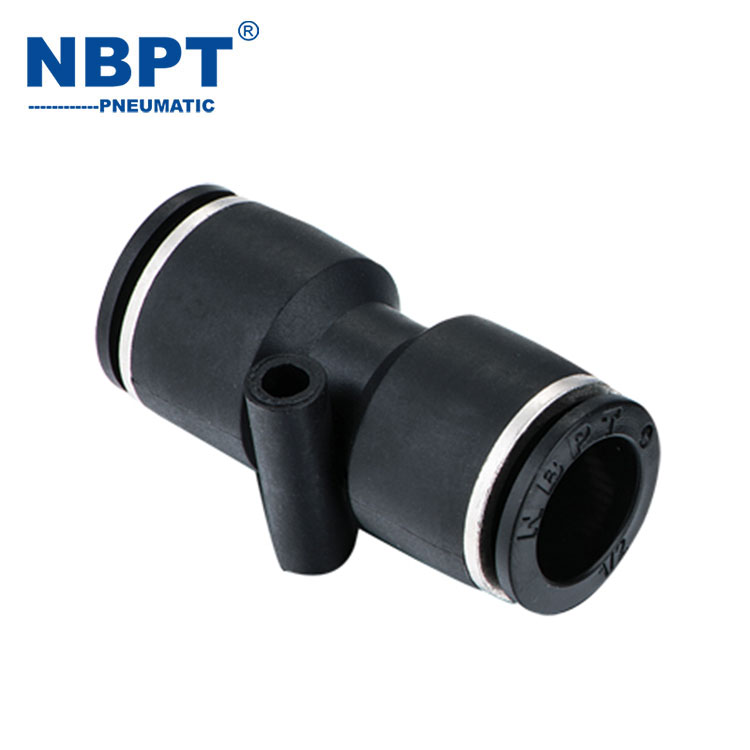What Are Pneumatic Fittings and Why Are They Essential in Compressed Air Systems?
2025-06-25
Pneumatic fittings are components used to connect sections of pipe, tube, and hose in compressed air systems. They ensure a secure, leak-free connection to efficiently deliver air power in industrial automation, machinery, and various pneumatic applications.

What Are Pneumatic Fittings?
Pneumatic fittings come in various shapes and sizes, designed to join tubing or hoses made from materials like plastic, nylon, or metal. They accommodate different connection types such as push-to-connect, threaded, or quick-disconnect fittings. Their role is critical in maintaining system integrity and performance.
Key Features and Benefits
Leak-Proof Connections: Prevent air leakage, improving efficiency.
Ease of Installation: Many fittings allow quick and tool-free assembly.
Durability: Resistant to pressure, vibration, and corrosion.
Versatility: Compatible with various tube materials and sizes.
Reusability: Many fittings can be disconnected and reused without damage.
Compact Design: Suitable for tight spaces and complex pneumatic circuits.
Common Types of Pneumatic Fittings
Elbow Fittings: Change the direction of airflow.
Tee Fittings: Split or combine airflows.
Couplers and Connectors: Join two tubes or hoses in a straight line.
Reducers: Connect tubes of different diameters.
Bulkhead Fittings: Pass tubing through panels or walls.
Quick-Connect Fittings: Allow fast connection and disconnection.
Applications of Pneumatic Fittings
Manufacturing Automation: Connecting actuators, cylinders, and valves.
Automotive Industry: Air brake systems and assembly lines.
Food and Beverage: Pneumatic controls in processing equipment.
Robotics: Pneumatic grippers and motion control.
HVAC Systems: Air flow control and regulation.
How to Choose the Right Pneumatic Fitting
Material Compatibility: Match fitting material (brass, stainless steel, plastic) to application.
Size and Pressure Rating: Ensure fittings can handle system pressure and tubing dimensions.
Connection Type: Select based on ease of maintenance and installation.
Environmental Resistance: Consider temperature, moisture, and chemical exposure.
Standards Compliance: Look for fittings meeting ISO, ANSI, or industry-specific standards.
Conclusion
Pneumatic fittings are vital for reliable and efficient compressed air systems. Choosing the appropriate fitting type and material ensures system longevity, reduces downtime, and optimizes pneumatic performance.


